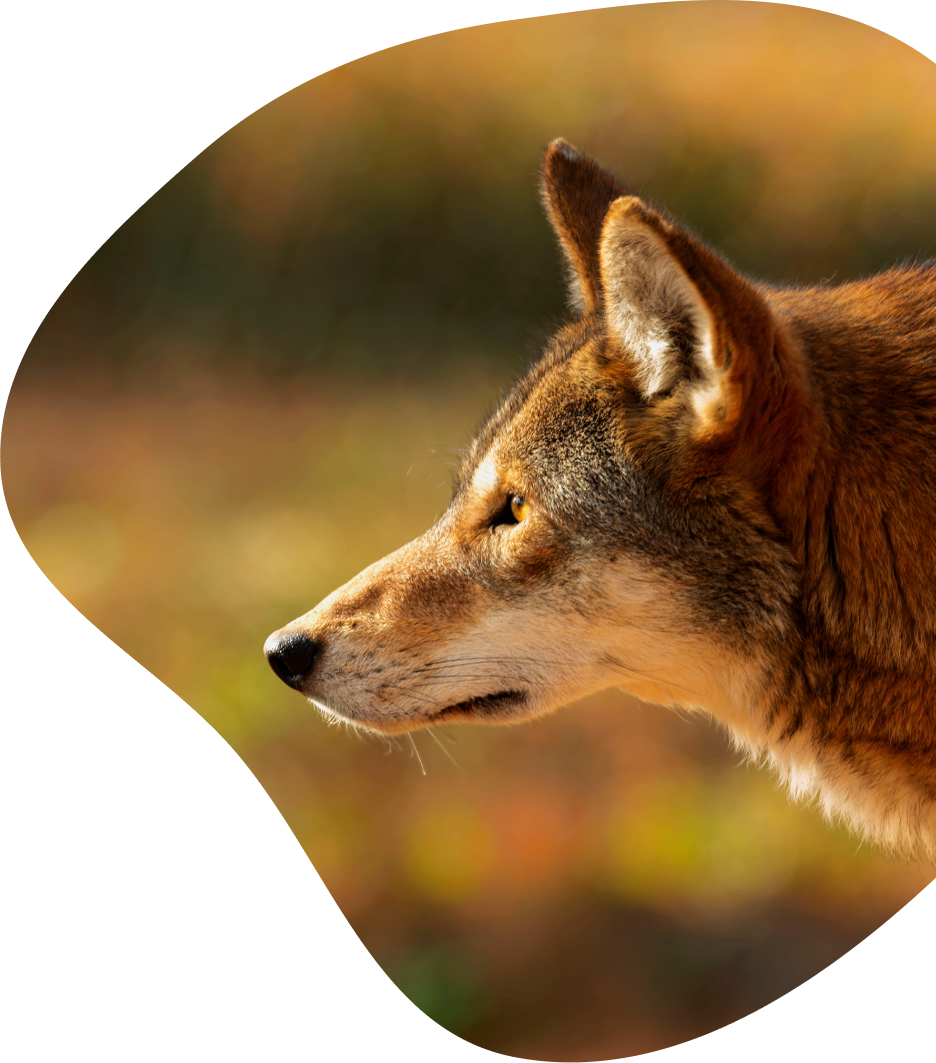








Each Bracelet Comes With
a Real Wolf To Track
Each Bracelet Comes
With a Real Wolf To
Track

Meet your wolf and learn their story

Reveal exclusive stats, photos, and updates along the way

Scout their path on a 3D tracking map

In partnership with AZA SAFE: Saving Animals from Extinction Red Wolf

We donate 10% of profits to SAFE Red Wolf and their work restoring the Red Wolf population in North Carolina. Your purchase supports their mission to conserve, research, and raise awareness of this important species.
One small bracelet.
One big mission.

Common Questions








 This animal’s safety guarded with the Fahlo Protection Ping™
This animal’s safety guarded with the Fahlo Protection Ping™ If you add 3 or more, you get free shipping!
If you add 3 or more, you get free shipping! Each order helps support SAFE Red Wolf
Each order helps support SAFE Red Wolf Sizing: Elastic, one size fits most
Sizing: Elastic, one size fits most SSL Secure Checkout
SSL Secure Checkout Worldwide Shipping
Worldwide Shipping Dedicated Customer Service
Dedicated Customer Service 100% Happiness Guarantee
100% Happiness Guarantee